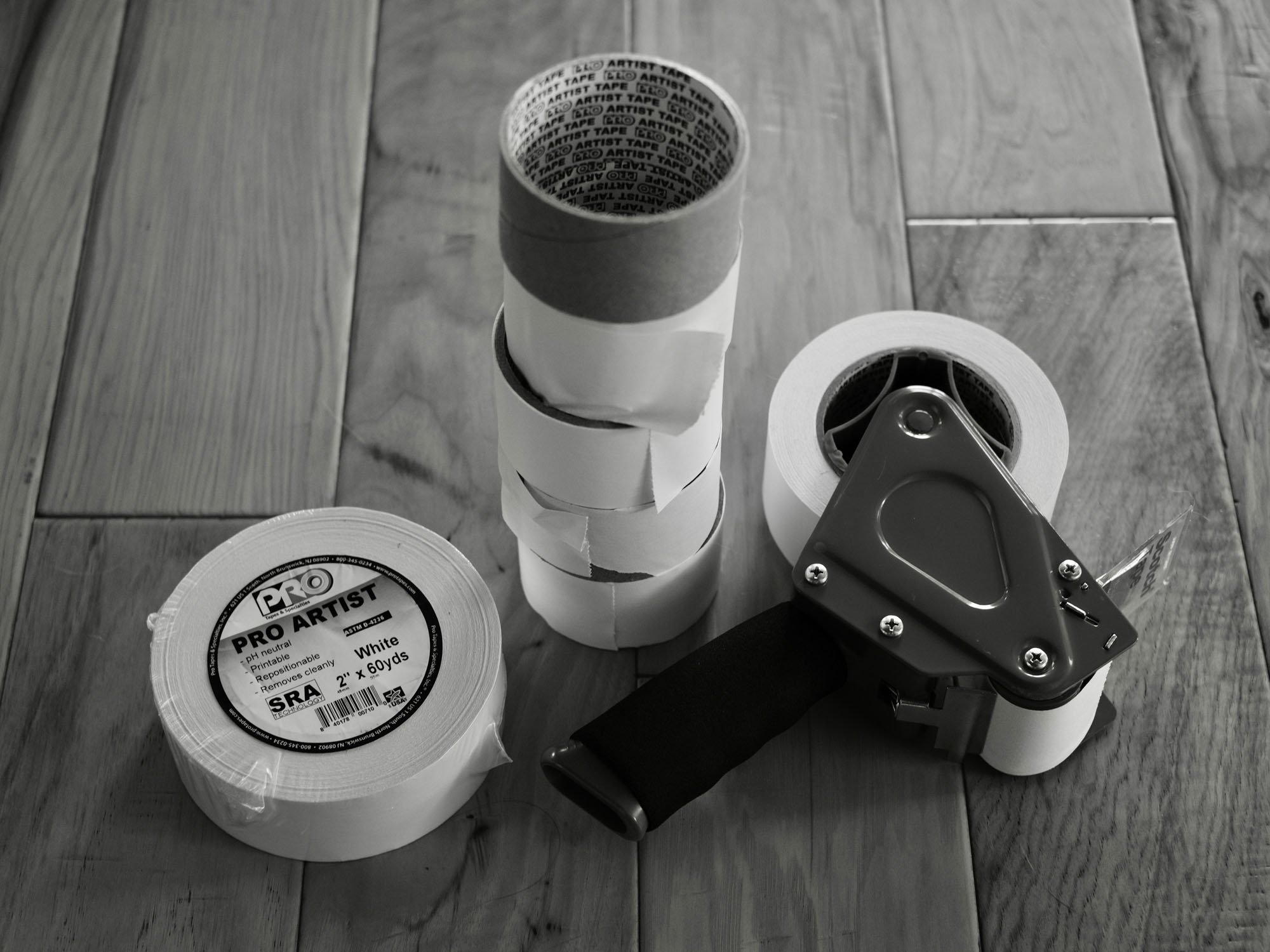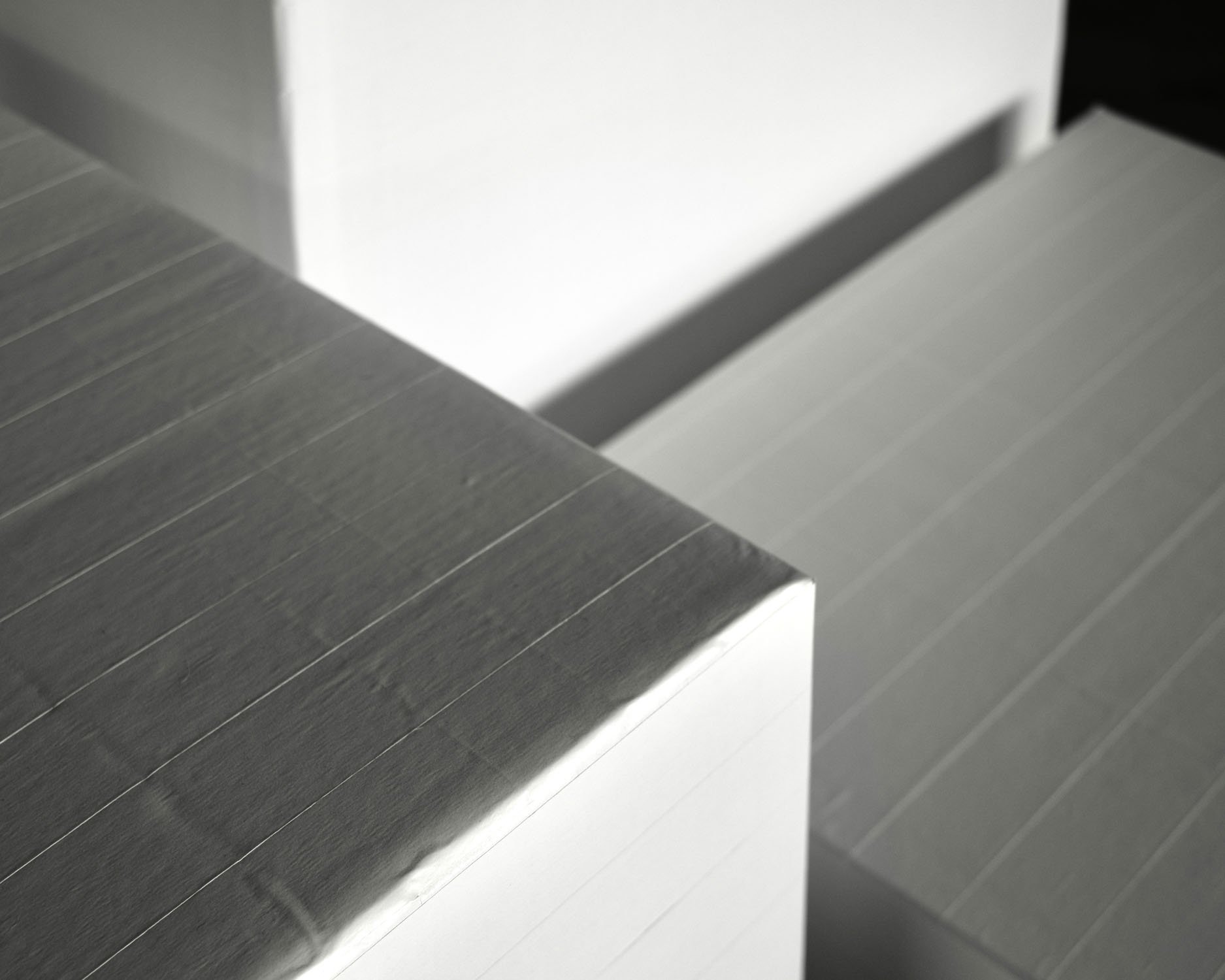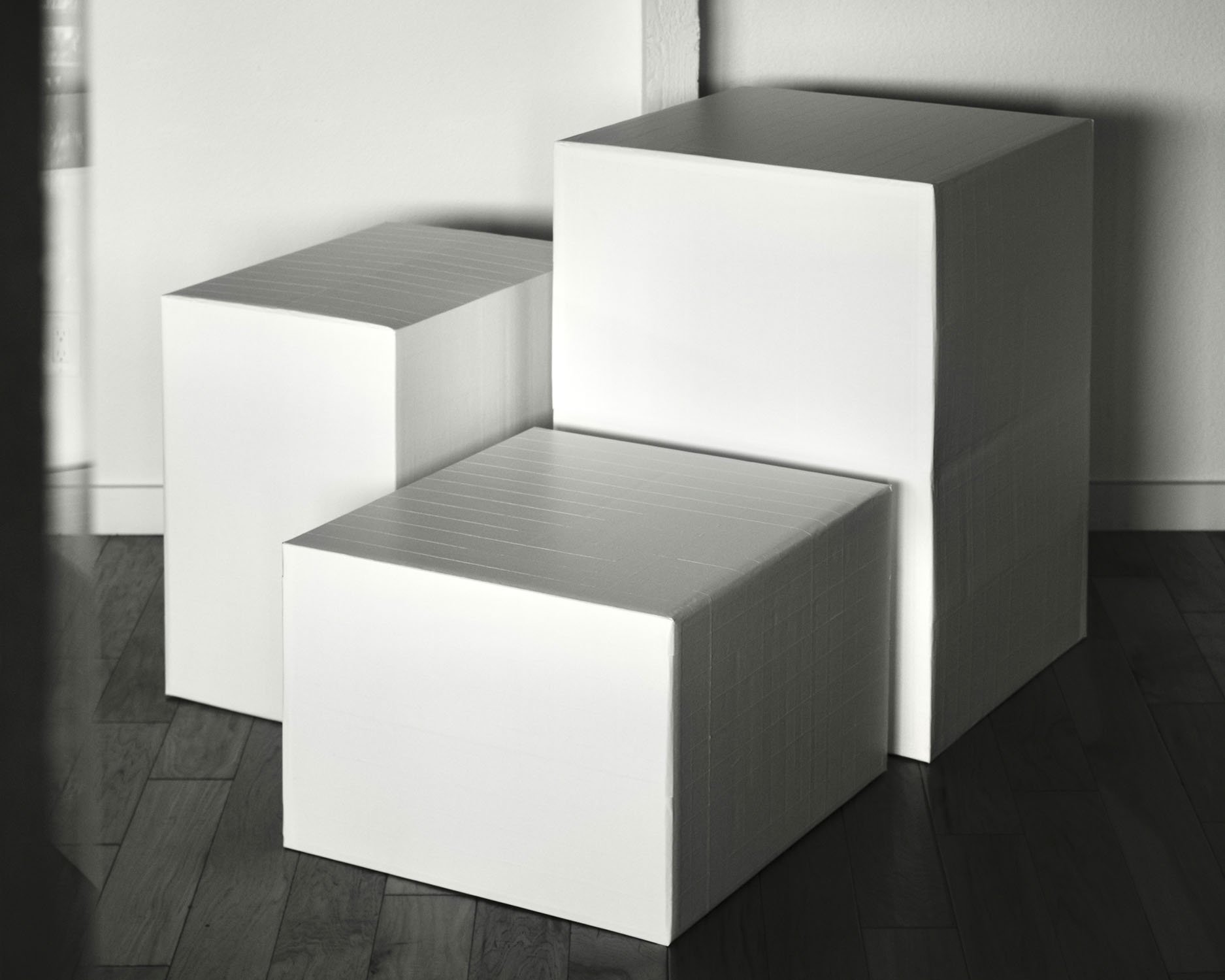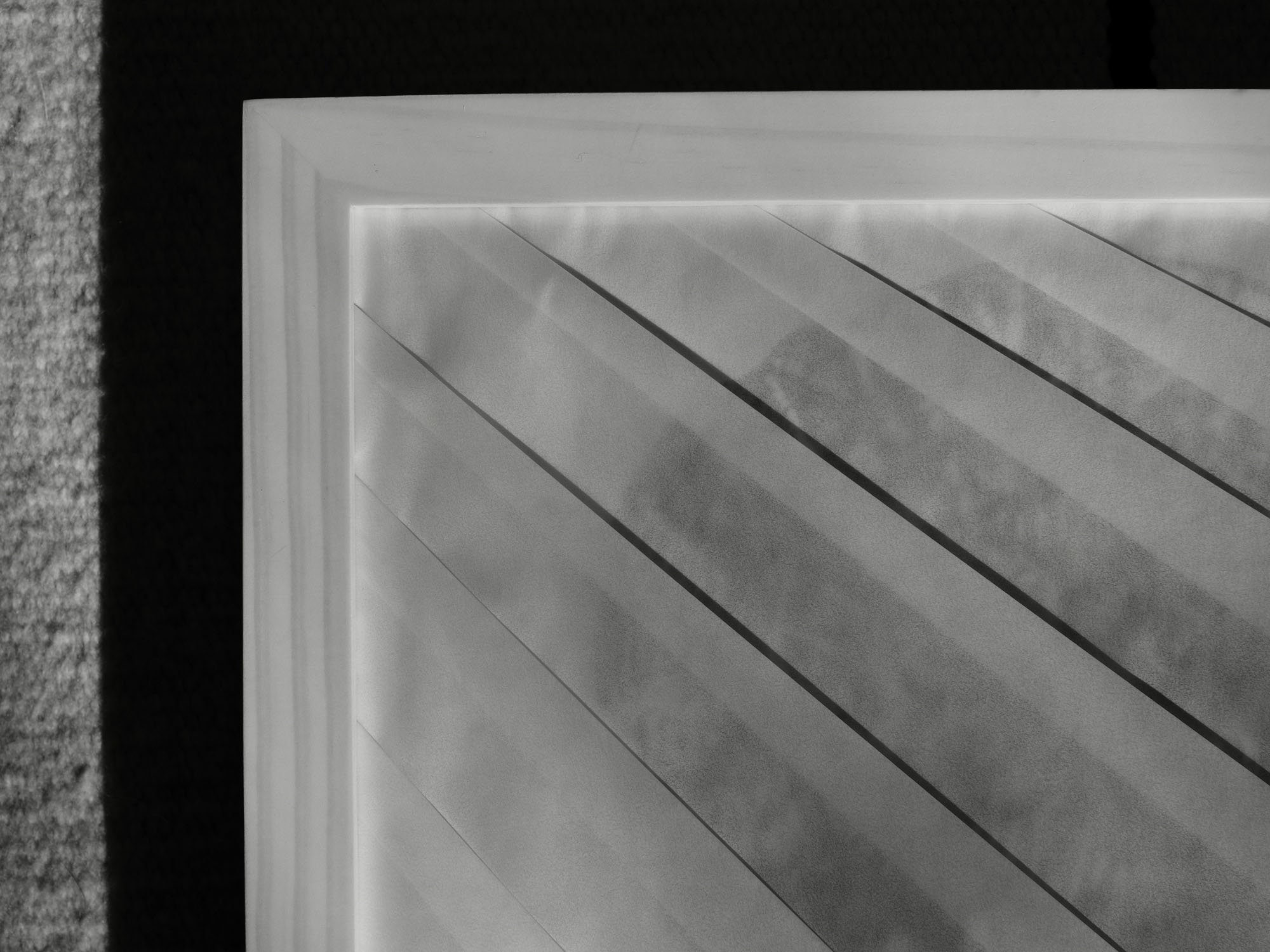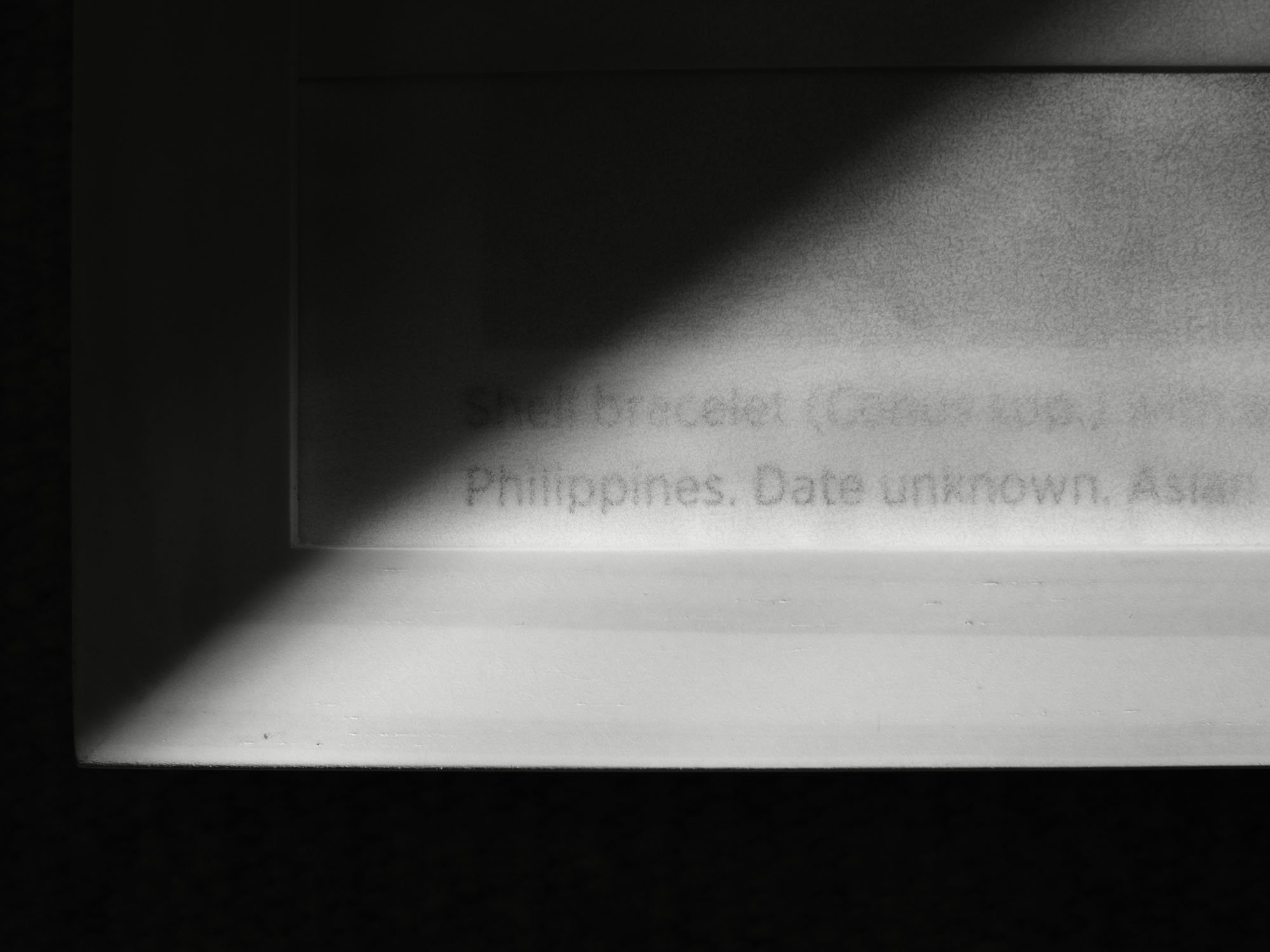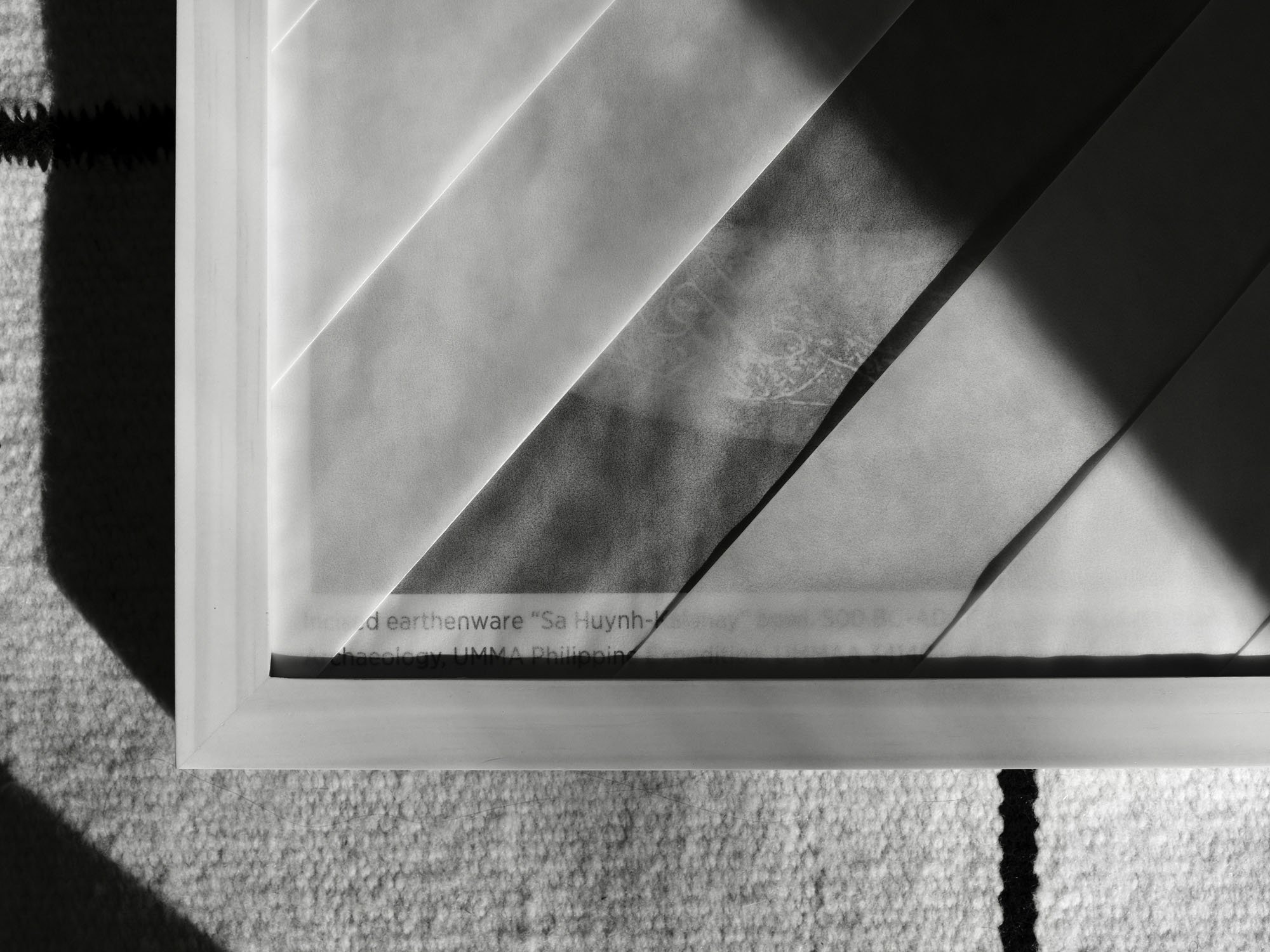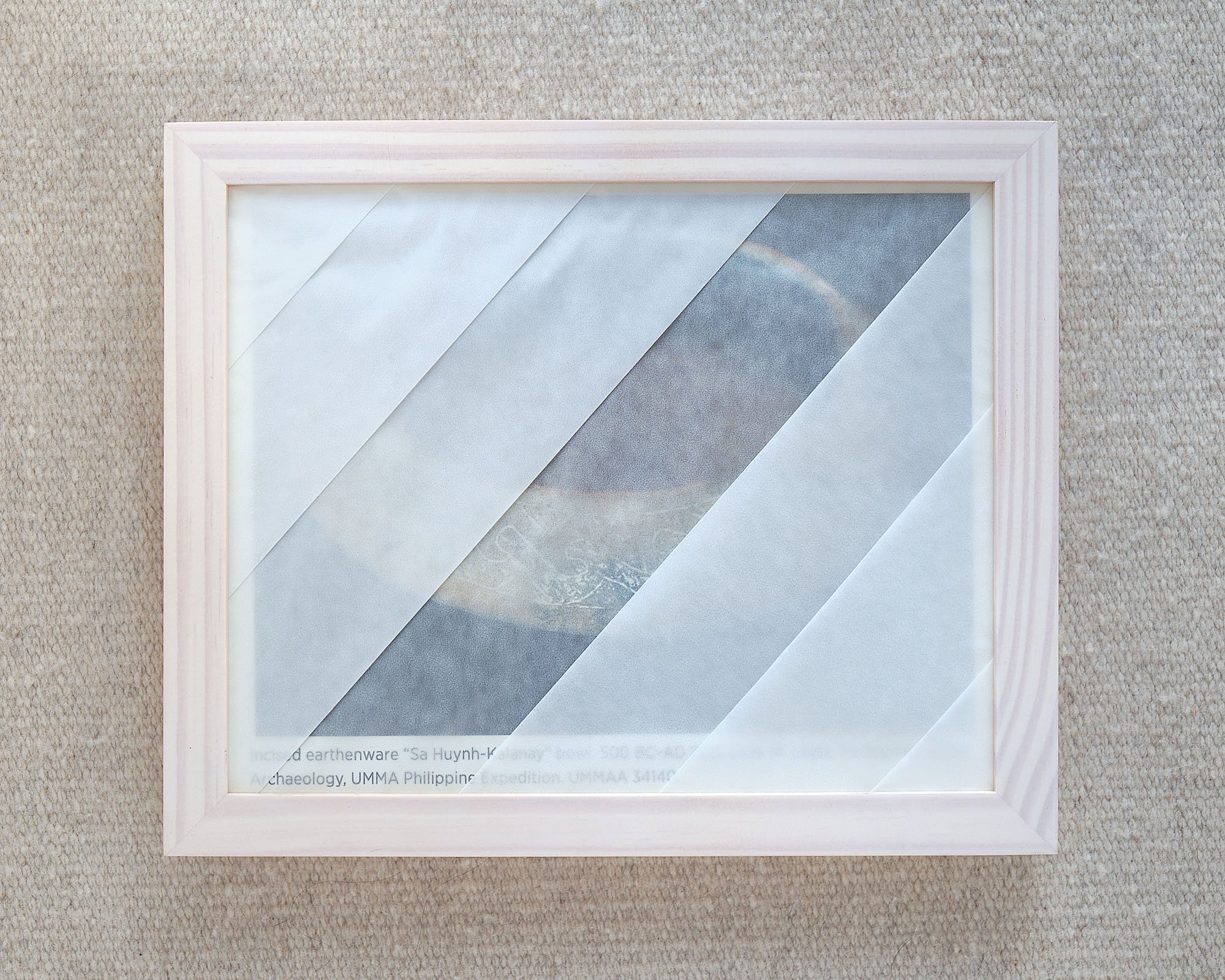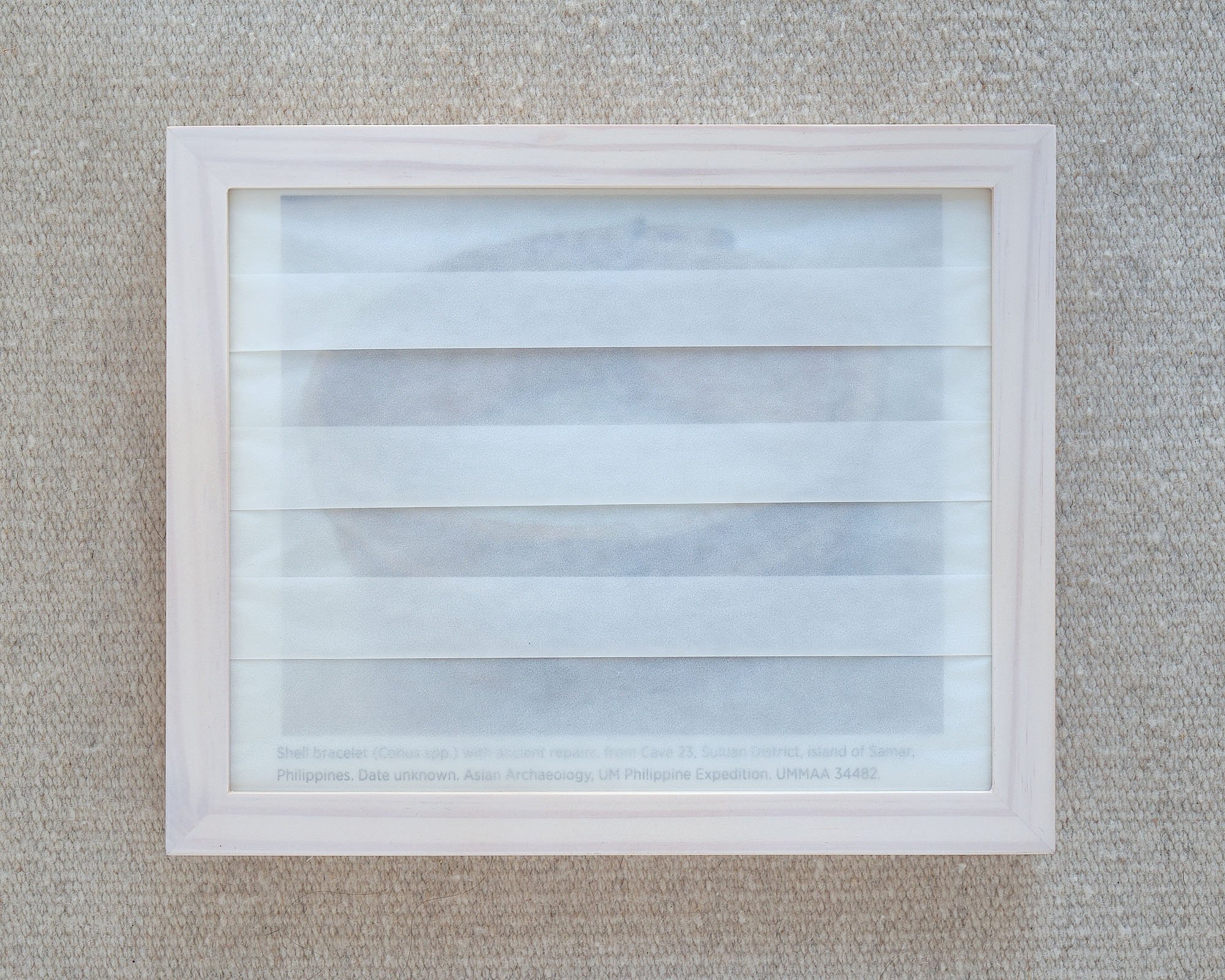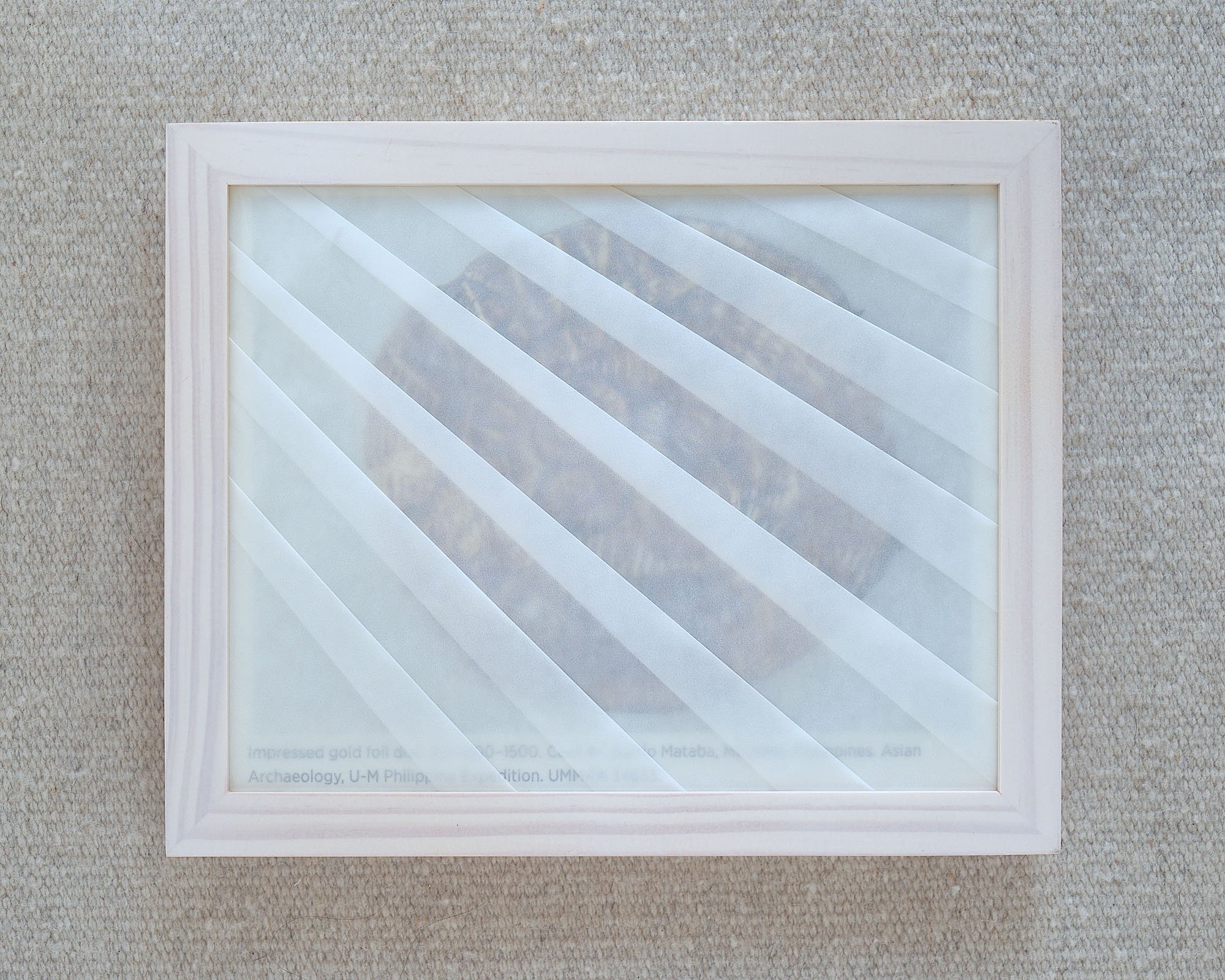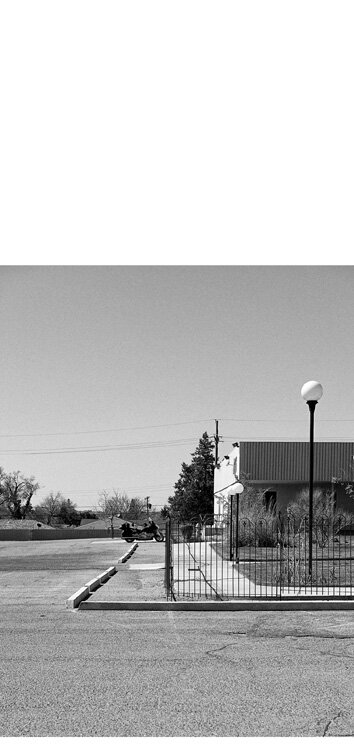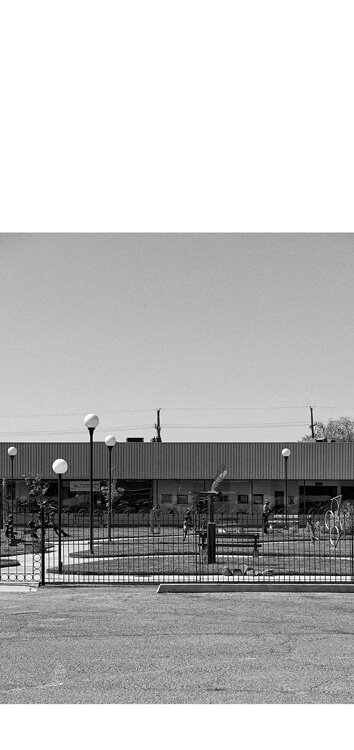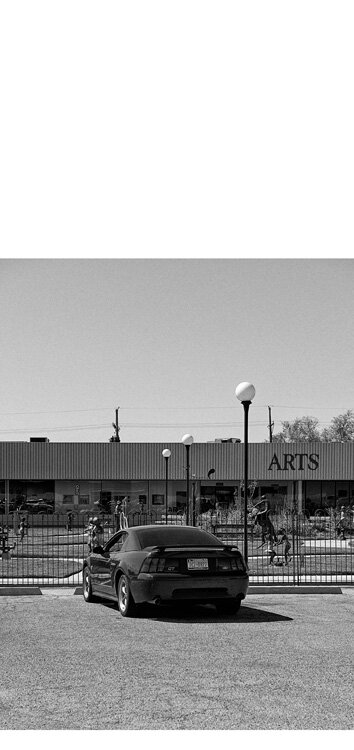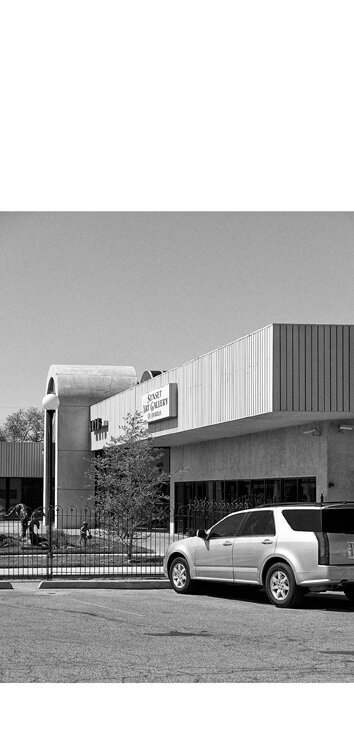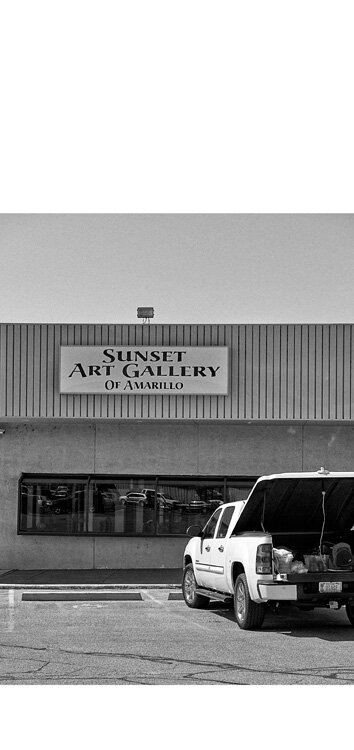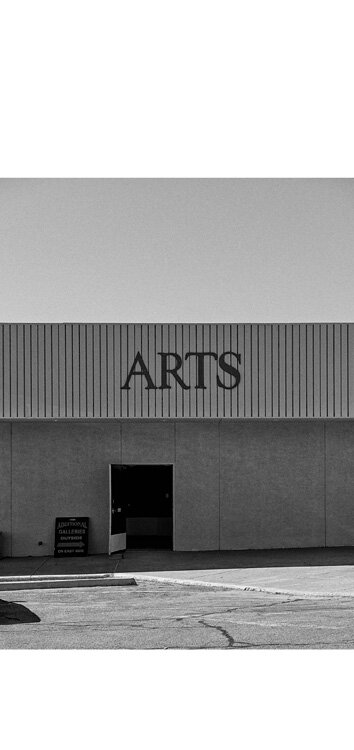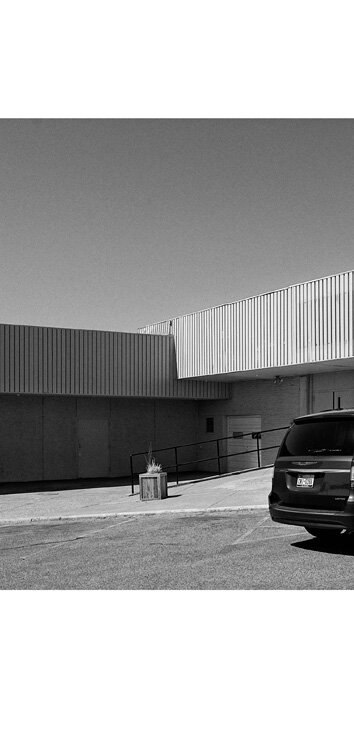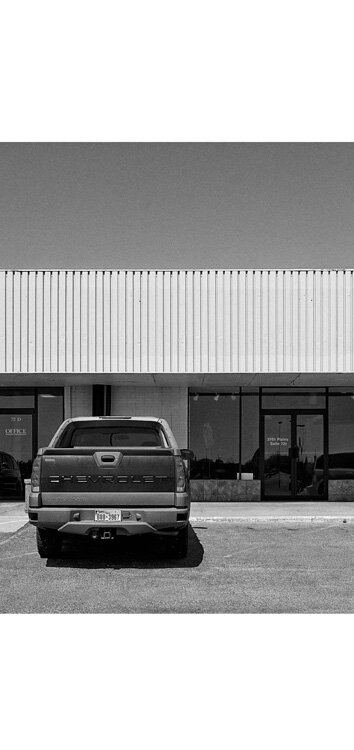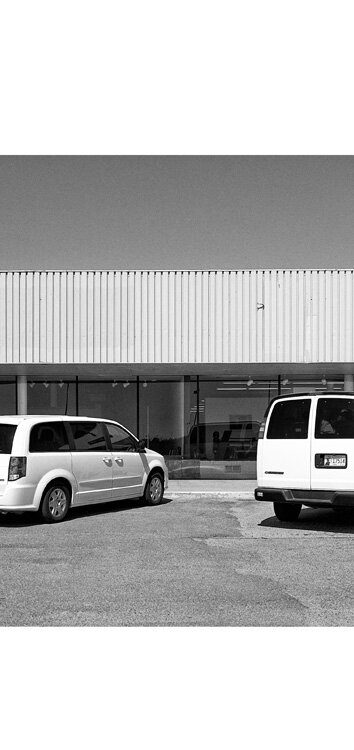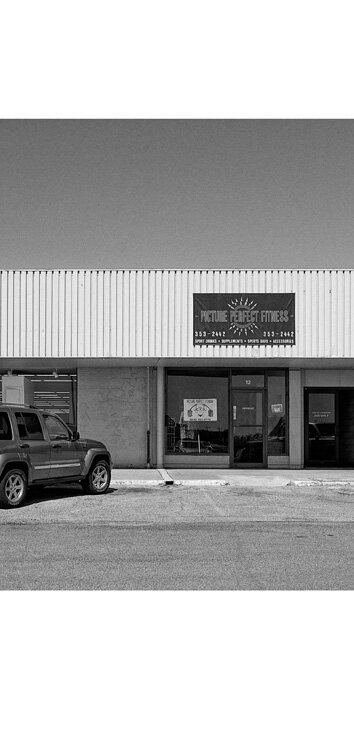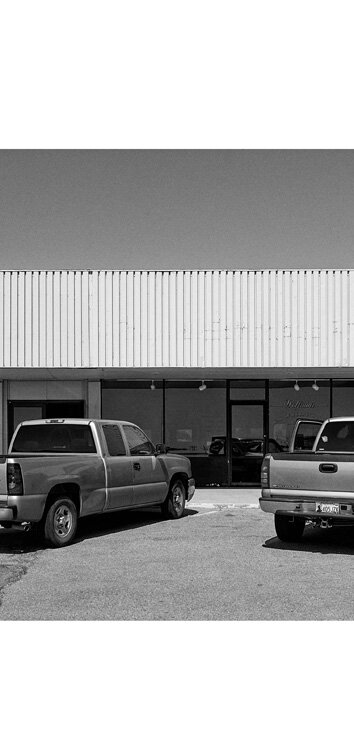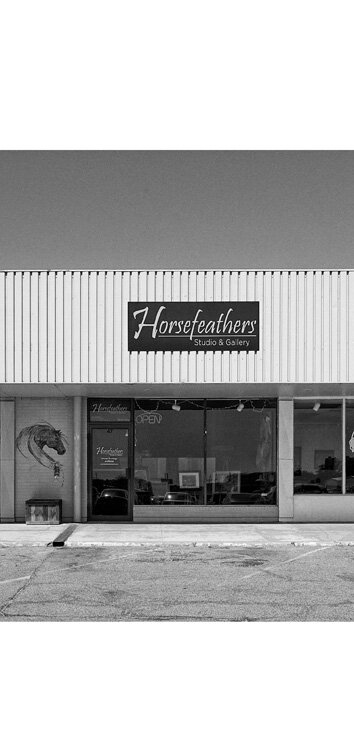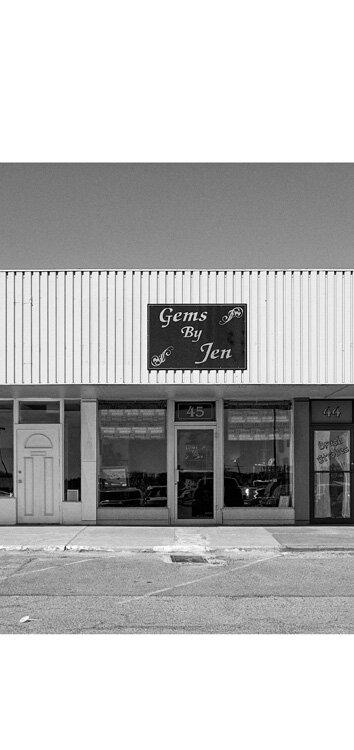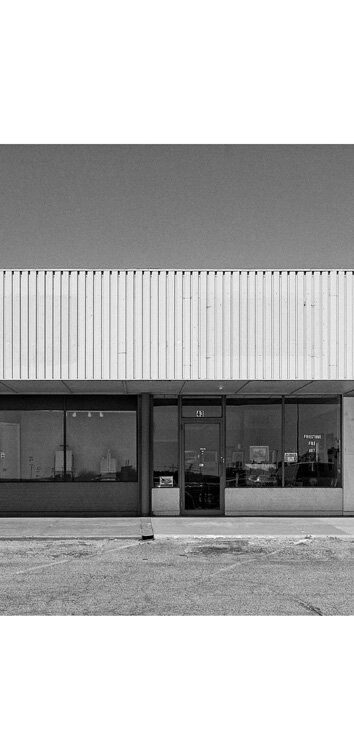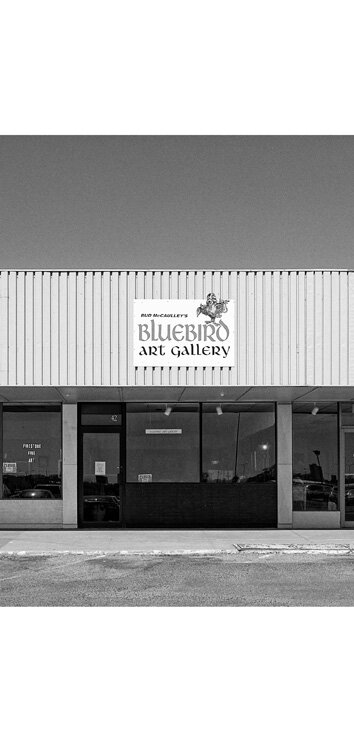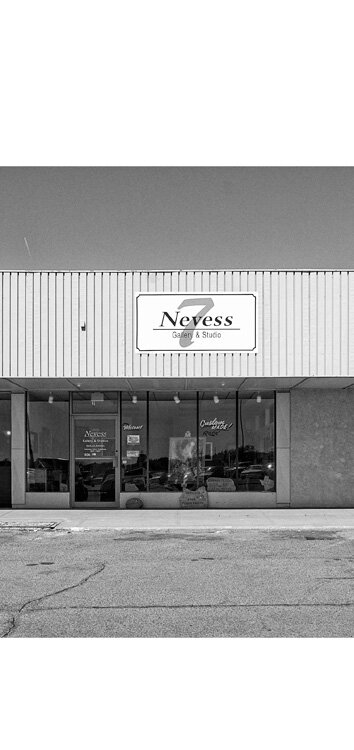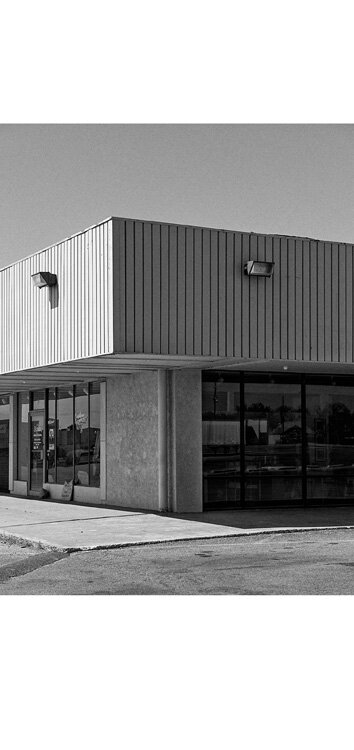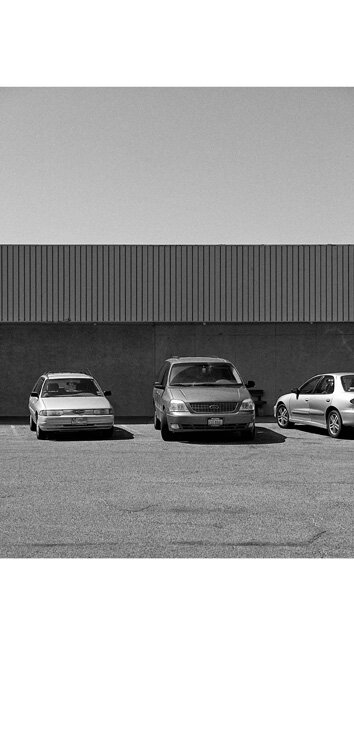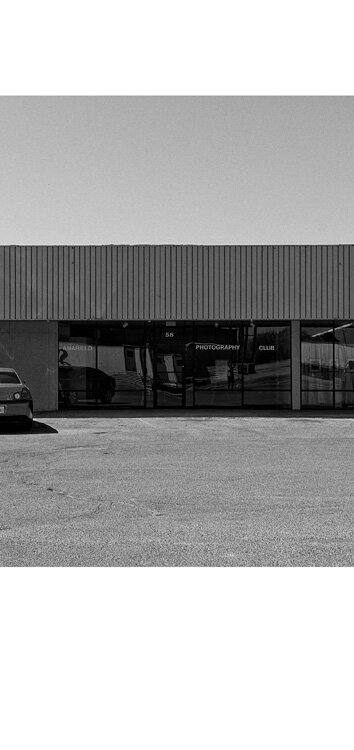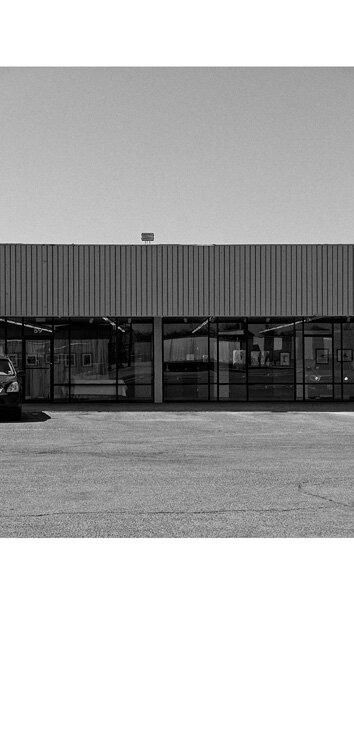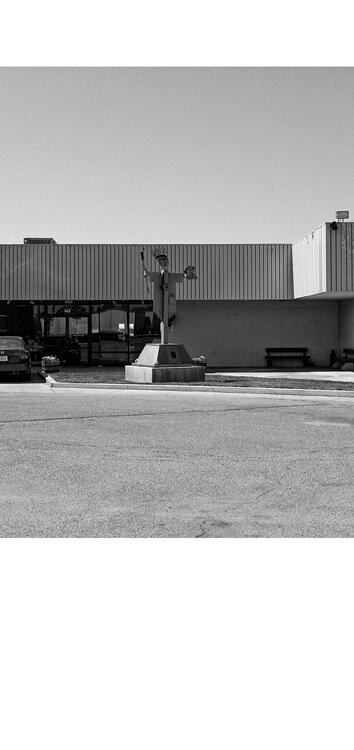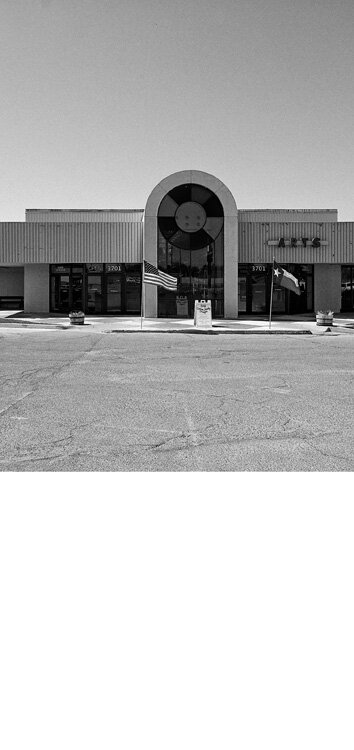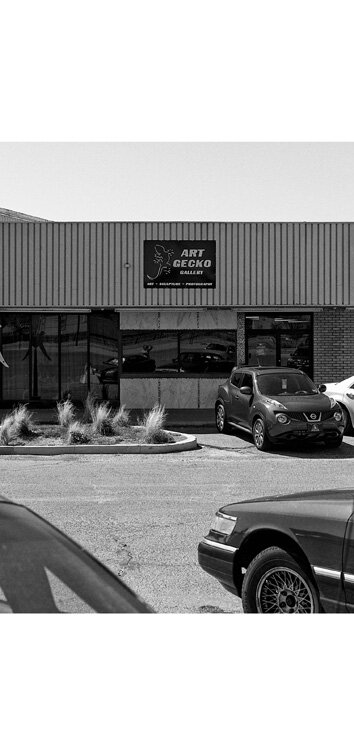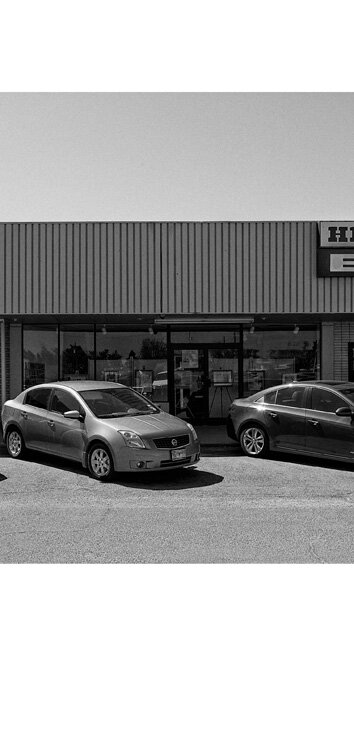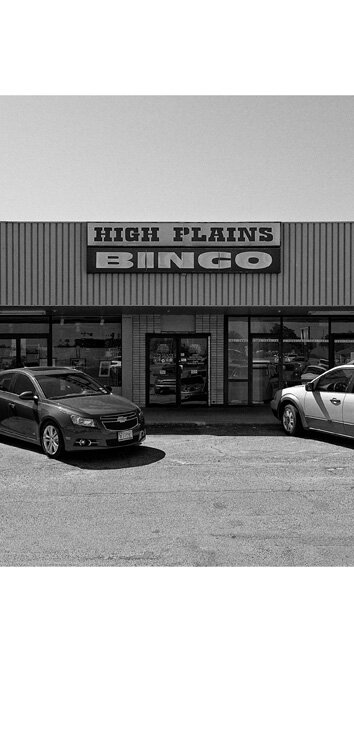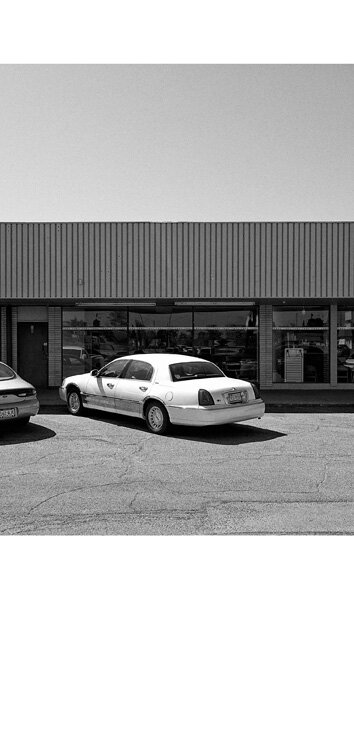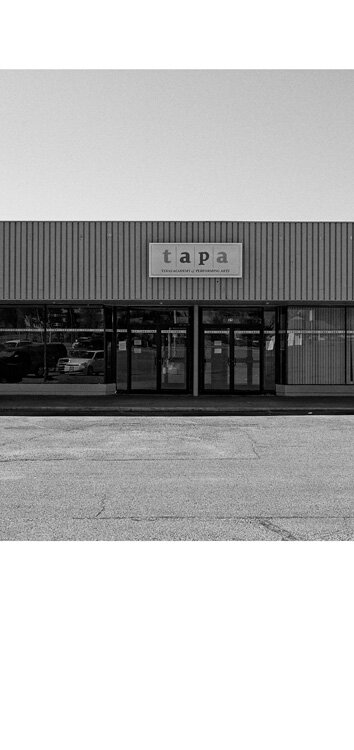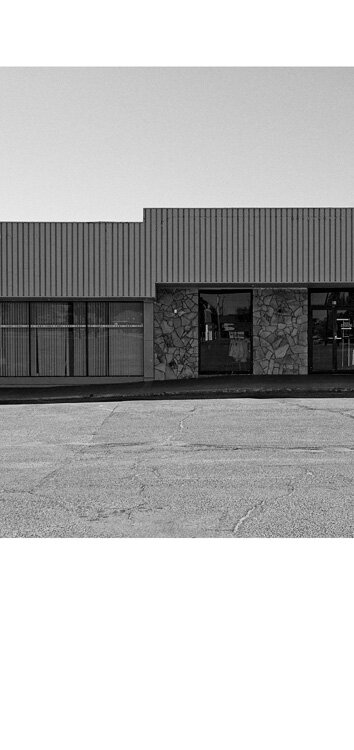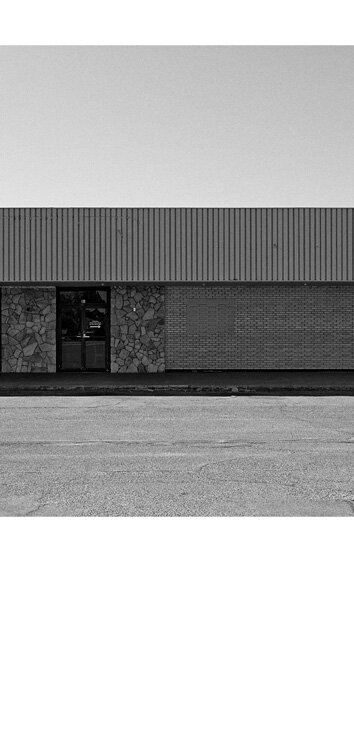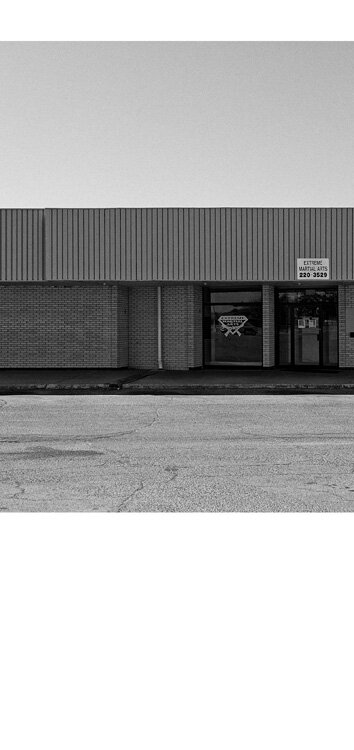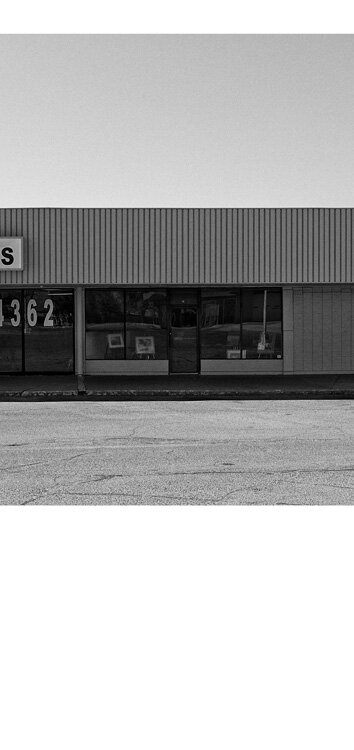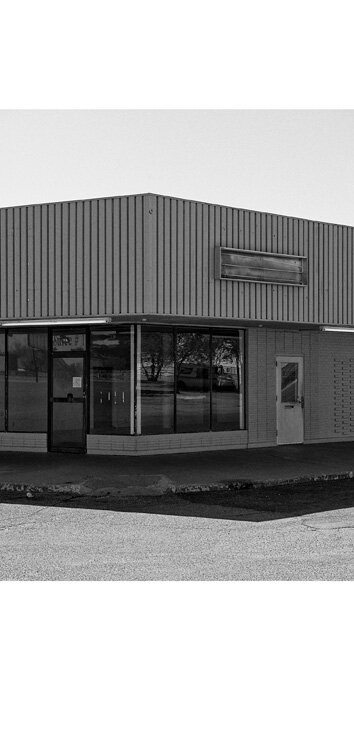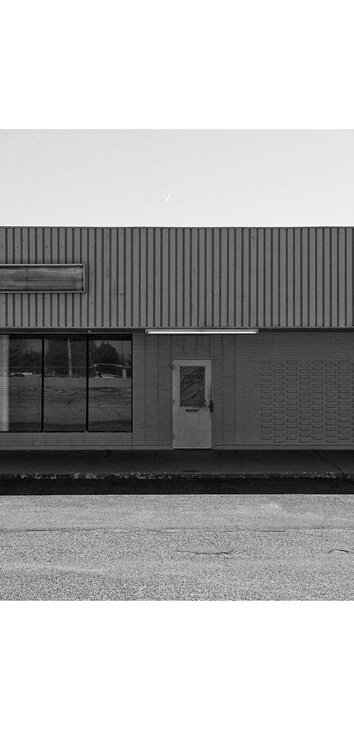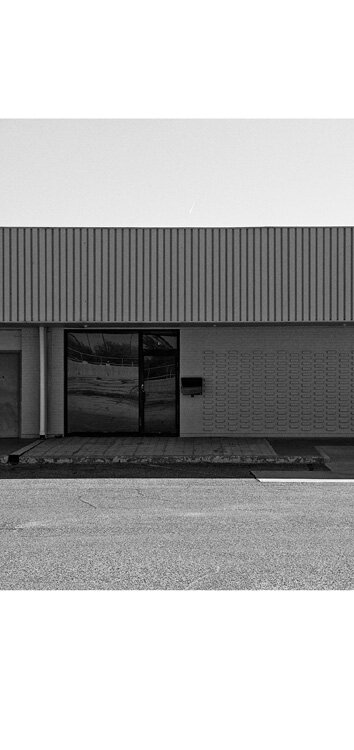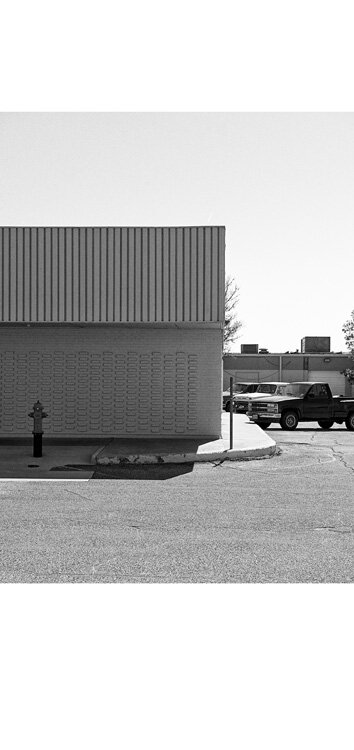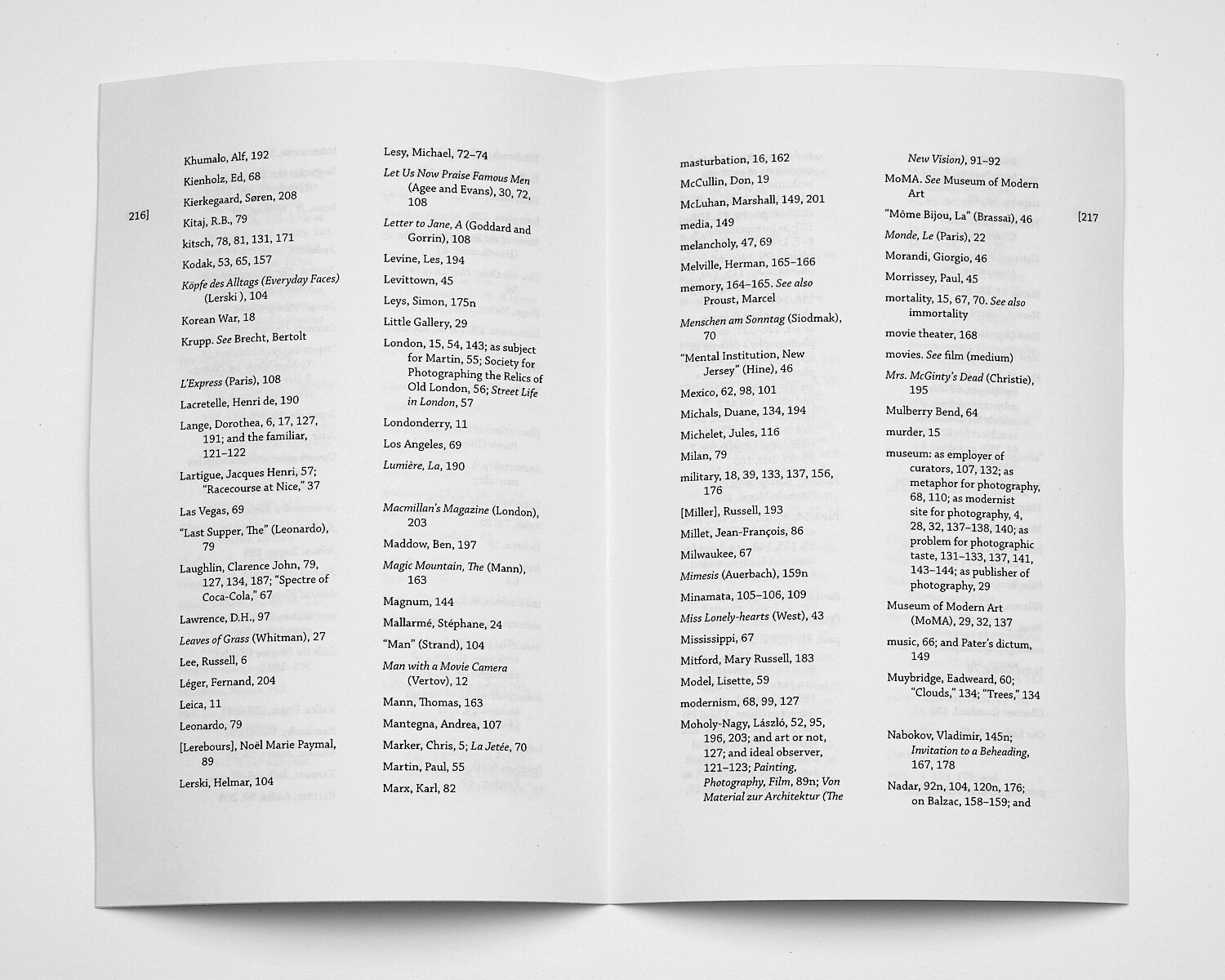Guiding Question from the Magnum Foundation's recent "Counter Histories" Open Call
A screenshot from the Magnum Foundation’s website and recent open call. I found it so helpful to consider and reconsider this concentration of questions, which they provided as prompts for applicants. I submitted my Balikbayan project for consideration and development under the programming they’ve organized under the theme of “Counter Histories.”
I was especially interested in applying because the programming, community, and resources built into it could help me find ways to challenge and develop my thinking in regards to the institutional and documentary images of Indigenous artifacts from the Philippine islands, and how those documents create, present, and serve as a continuing archive of anthropological research, of non-scientific looking, of cultural memory, of personal loss. Can documents such as these be transformed and recontextualized as a counter-archive that stresses giving over taking, and serves and signifies ideas and feelings of resistance, relation, and repair?
FWIW, here’s the answer the provided to the current first guiding question:
I believe an archive of the future can look like a gift: let’s take the dry, institutional photo documents that recorded the excavated objects of American colonial conquest in the Philippines, and now carefully wrap them up, protect and obscure them from further looking and study, and finally ship them back—if only imaginatively—in the very boxes that the American Filipino diaspora uses everyday to connect back to family and friends in the homeland.
Studio photos of Balikbayan project
A few pictures of the completed works before sending them off to the exhibition!
Balikbayan (Studies for Plinths), 2021
Balikbayan (Studies for Wrapped Gifts), 2021
Press: The Austin Chronicle
A very nice write-up about a group survey exhibition I’m participating in at The Contemporary Austin with my Balikbayan project.
Site Update: Studies for Balikbayan Box Plinths and Wrapped Gifts
Today I’m opening up my previously private project page (a PPPP of course) for my works involving balikbayan boxes and the imagined extralegal restitution of cultural objects extracted from the Philippine islands by American colonial expeditions. A first iteration of the work is now on view at The Contemporary Austin as part of a group survey, Crit Group Reunion.
Zoom Artist talk for "Filipino American Navy"
October is Filipino American history month. I’m excited, and truth be told, nervous, to give an artist talk about images from my long-dormant “Filipino American Navy” Project. The talk will mark a kick off of sorts for a physical exhibition of prints that will run at the City of Austin’s Asian American Cultural Resource Center @aarcatx till the end of the year.
I’d like to use the talk to present my own background growing up in and among FilAm Navy families, as well as touch on ideas of labor and identity, immigration and belonging, material culture and the possibilities of photographic dignity.
Road to Ruscha Update
I’ve updated the Road to Ruscha project page with “new” images, and ideas for a change in direction. “New” because this past summer I found a folder in an old hard drive with the photos I made in 2013—hundreds of them that I don’t remember making.
The pictures that I did have on the project page were presented as documentation of the trip. So I’ve been reviewing and processing what I’ve found over the last few months, folding them in with the previous documentation images that I do remember, and seeing where they might lead me. I’m a different person and photographer now versus then, so it’s been a weird experience working with these pictures from another life. Below is a panorama that I definitely remember making on that trip!
Project page: Road to Ruscha
Possible directions, possible concerns for FilAm Navy Project
Is Filipino American Navy a personal project in public relations? If not, why not? If yes, so what?
Within this project, I operate in parallel tracks of identity and mixed feelings in an attempt to draw out the ways in which photographic images have shaped, and may continue to shape, Filipino American claims to participation, presence, and dignity in the United States.
As a son and brother to two people who served in the U.S. Navy, I’m interested in exploring how the conventions and expectations of formal photographic portraiture frame ideas of dignity and status. I’d like to discover to what extent associations with military service in particular provide significant, additional, and legitimizing claims to national belonging. Does a picture of my father or brother in uniform make them more understandable and readable as Americans?
As a naturalized citizen who was born on a U.S. military base in the Philippines—one that no longer exists—I’m interested in how Filipino American military families share and display the possessions of their documented past, both the formal and casual photography as well as the paperwork and memorabilia, to reflect and tell their stories within private, domestic spaces. I wonder in what ways these documents and objects and arrangements drift away from embodiments of personal and familial pride, and towards mere evidence in the eyes of visitors like myself. Does the intervention of my photography reflect ideas of pride and agency and self-determination, or am I only using the content of these pictures as bulwarks against discrimination and prejudice from potential audiences?
As a thirty-eight year old Filipino American arguably in the middle of my working life, I’m interested in experiencing how invitations to make pictures of domestic spaces, largely by retired career military families, furnishes specific ideas about accumulated material and financial success. I wonder to what extent these invitations might lead to further conversations about personal aspirations, dreams and ideas of home and security, and idiosyncratic and generational visions of America.
As a visual artist working within the traditions, technologies, and discourses of documentary photography, I’m interested in asking—and worried about the answer to—two questions. First, if I can make it visible, will that make it legible? And second, if what I’ve made is legible, who am I asking to do the work of looking, reflecting, and understanding?
I would like to compare and contrast these four tracks of identity and indecision with the making and recording of portraits and domestic encounters with Filipino Americans, their objects and manners of display. Further, I would like consider these efforts with and against larger historical and institutional modes of preservation and presentation, especially as they relate to postcolonial understandings of the imperial museum and archives, two linked structures that continually signify the simultaneous accumulation and dispossession of indigenous Filipino artifacts and materials in the United States.
In the photographic process of taking, making, accumulating, and sorting, will I find strategies and contexts and genuine ways to resist—or will I inadvertently reinforce—the very processes of knowledge production and display that have historically reduced Filipino Americans, and Asian American generally, to an observable type?
Free PDF download: "Index" (Zine/Insert), 2020
In quarantine and had time to reformat this project into a zine. Thinking about all my teacher friends and our collective need for online schooling this fall. No idea if Susan Sontag’s On Photography is still taught at university, but may be of some utility. Free for anyone.
On Photography does not contain an index. Because of this, I wanted to materialize the index that it certainly did contain.*
Throughout the process of making the work, I was interested in seeing, reading, and feeling my subjectivity with and against the production of an index’s objective-looking structure, and then consider the ways in which it’s final presentation supports, makes legible, and transmits ideas of art canonicity and processes of inclusion and exclusion.
Also, I hope the work is kind of humorous, and hopefully takes advantage of the “see also” self-referencing format of an index to produce an incomplete but self-contained and non-linear reading experience, full of the usual suspects and atrocities contained within the photography and modernity Sontag surveys.
Please visit the Index project page and scroll to the bottom of that page if you’d like a copy for yourself!
*Or, since I’m a photographer, I’ll say develop and reveal the latent image hidden on the surface of the print. :)



